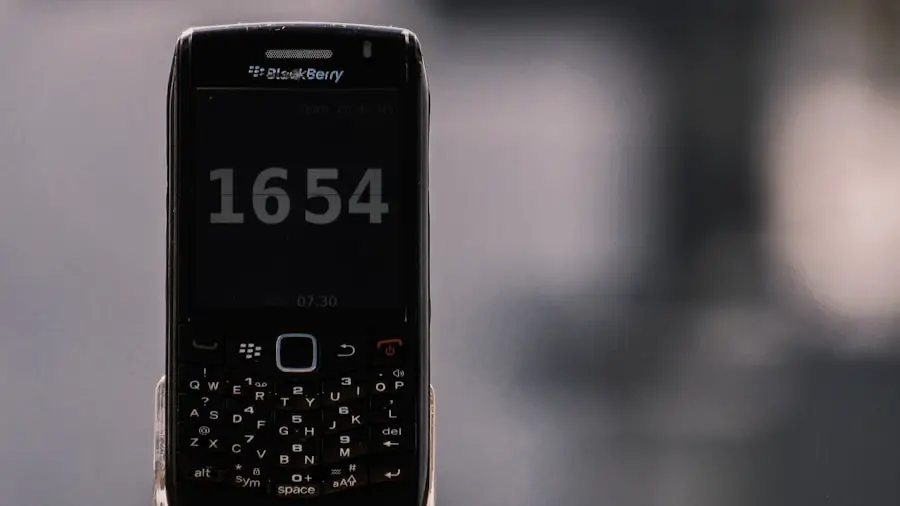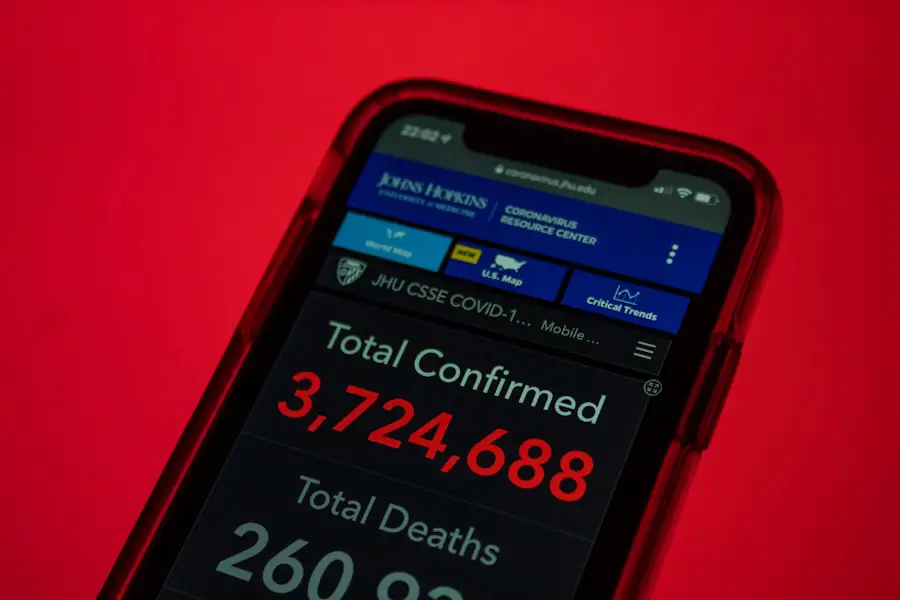Burn rate, in the context of physical activity, refers to the number of calories your body expends during exercise. This metric is crucial for hikers who wish to manage their energy levels, optimize performance, and achieve specific fitness goals. Understanding your burn rate involves recognizing how various factors, such as body weight, age, gender, and overall fitness level, influence the number of calories you burn while hiking.
For instance, a heavier individual will generally burn more calories than a lighter person over the same distance due to the increased energy required to move a larger mass. Moreover, the intensity of the hike plays a significant role in determining your burn rate. A leisurely stroll on a flat trail will yield a lower calorie expenditure compared to a vigorous ascent on a steep incline.
The metabolic rate also varies from person to person; individuals with higher muscle mass tend to have a higher resting metabolic rate, which can contribute to greater calorie burn during physical activities. Therefore, understanding your personal burn rate is essential for tailoring your hiking experience to meet your fitness objectives.
Key Takeaways
- Understanding your burn rate is essential for planning and optimizing your hiking experience.
- Factors such as weight, speed, incline, and pack weight can significantly influence calorie burn while hiking.
- Using a hiking calories calculator can help you estimate the amount of calories you will burn on a hike.
- Setting goals for calorie burn can help you stay motivated and track your progress.
- Adjusting for different terrains and elevations is important for accurately estimating calorie burn during a hike.
Factors influencing calorie burn while hiking
Several factors come into play when calculating calorie burn during hiking. One of the most significant is the hiker’s weight. Research indicates that a person weighing around 160 pounds can burn approximately 430 calories per hour on moderate terrain, while someone weighing 200 pounds may burn around 550 calories in the same timeframe.
This relationship between weight and calorie expenditure underscores the importance of individual metrics in assessing energy use during hikes. Another critical factor is the hiking speed. Faster-paced hikes generally lead to higher calorie burn due to increased heart rate and energy expenditure.
For example, hiking at a brisk pace of 4 miles per hour can result in a calorie burn that is significantly higher than that of a leisurely 2-mile-per-hour walk. Additionally, the type of terrain can greatly influence calorie expenditure; hiking uphill or on uneven surfaces requires more effort and energy than walking on flat ground. Weather conditions also play a role; hiking in hot or cold environments can increase calorie burn as the body works harder to maintain its core temperature.
Using a hiking calories calculator

Hiking calories calculators are valuable tools for hikers looking to estimate their energy expenditure accurately. These calculators typically require input such as body weight, duration of the hike, and the intensity level of the activity. By inputting these variables, hikers can receive an estimate of the calories burned during their trek.
Many online platforms and mobile applications offer these calculators, making it easy for hikers to access this information on-the-go. For instance, some calculators allow users to specify the type of terrain they will be hiking on—whether it’s flat, hilly, or mountainous—which can further refine the accuracy of the calorie estimates. Additionally, some advanced calculators take into account factors like age and gender, providing a more personalized assessment of calorie burn.
Utilizing these tools can help hikers plan their meals and snacks accordingly, ensuring they have enough energy for their adventures while also allowing them to track their progress toward fitness goals.
Setting goals for calorie burn
| Activity | Calories Burned per Hour |
|---|---|
| Running (6 mph) | 590 |
| Cycling (moderate) | 480 |
| Swimming (vigorous) | 680 |
| Jumping rope | 800 |
| Rowing (moderate) | 600 |
Setting specific goals for calorie burn can enhance motivation and provide direction for hikers looking to improve their fitness levels. These goals can be tailored based on individual fitness aspirations, whether it’s losing weight, building endurance, or simply enjoying the outdoors more frequently. For example, a hiker aiming to lose weight might set a target of burning 500 calories per hike, which could be achieved through longer or more intense hikes.
In addition to weight loss goals, hikers may also focus on endurance-building objectives. For instance, someone training for a long-distance hike might aim to gradually increase their calorie burn over time by extending their hike duration or incorporating more challenging trails into their routine. Setting these goals not only provides a clear target but also encourages consistency in training and helps hikers track their progress over time.
Adjusting for different terrains and elevations
When planning hikes, it is essential to consider how different terrains and elevations will affect calorie burn. Hiking on flat terrain requires less energy compared to ascending steep hills or navigating rocky paths. For example, studies have shown that hiking uphill can increase calorie expenditure by as much as 50% compared to walking on level ground.
This means that hikers should adjust their expectations for calorie burn based on the specific characteristics of their chosen trails. Elevation also plays a crucial role in energy expenditure. As altitude increases, the body must work harder to deliver oxygen to muscles due to lower oxygen availability in the air.
This increased effort can lead to higher calorie burn rates at higher elevations. Hikers should be mindful of these factors when planning their routes and should consider incorporating varied terrains into their training regimen to prepare for different hiking conditions.
Maximizing calorie burn through hiking techniques

To maximize calorie burn while hiking, individuals can employ various techniques that enhance energy expenditure without necessarily increasing distance or duration. One effective method is interval training, which involves alternating between periods of high-intensity effort and lower-intensity recovery. For instance, hikers can sprint up steep sections of a trail and then walk during flatter segments.
This approach not only boosts calorie burn but also improves cardiovascular fitness. Another technique is incorporating strength-building exercises into hikes. Carrying a weighted backpack or using trekking poles can increase resistance and engage more muscle groups, leading to greater energy expenditure.
Additionally, varying your pace throughout the hike—such as speeding up during uphill climbs and slowing down during descents—can further enhance calorie burn while keeping the hike enjoyable and dynamic.
Tracking and analyzing your calorie burn data
Tracking calorie burn data is essential for understanding personal progress and making informed decisions about future hikes. Many hikers utilize fitness trackers or smartphone applications that monitor heart rate and activity levels throughout their treks. These devices provide real-time feedback on calories burned, allowing hikers to adjust their efforts as needed during the hike.
After completing hikes, analyzing this data can reveal patterns in calorie expenditure based on different terrains, durations, and intensities. For example, a hiker may discover that they burn significantly more calories on certain trails or at specific elevations. This information can be invaluable for planning future hikes and setting realistic goals based on past performance.
By consistently tracking and analyzing this data, hikers can refine their training strategies and optimize their overall hiking experience.
Incorporating nutrition for optimal hiking performance
Nutrition plays a pivotal role in supporting optimal performance during hikes and ensuring adequate energy levels for sustained activity. To maximize calorie burn effectively, hikers should focus on consuming a balanced diet rich in carbohydrates, proteins, and healthy fats before embarking on their adventures. Carbohydrates serve as the primary fuel source for endurance activities like hiking; therefore, consuming complex carbohydrates such as whole grains and fruits before a hike can provide sustained energy.
During hikes, it’s essential to replenish lost calories with nutrient-dense snacks that are easy to carry and consume on-the-go. Options like trail mix, energy bars, or dried fruits are excellent choices that provide quick energy without weighing down your pack excessively. Post-hike nutrition is equally important; consuming protein-rich foods helps repair muscles and replenish glycogen stores depleted during physical activity.
By strategically incorporating nutrition into their hiking routine, individuals can enhance performance and ensure they are adequately fueled for each adventure ahead.
If you’re planning a hiking trip and want to know how many calories you’ll burn, check out this article on the best time to travel to Hawaii. It provides a seasonal guide to help you plan the perfect vacation and includes tips on when to visit for optimal weather and outdoor activities. Knowing the best time to travel can help you make the most of your hiking experience and ensure you burn the most calories possible.
FAQs
What is a hiking calorie calculator?
A hiking calorie calculator is a tool that estimates the number of calories burned during a hiking activity based on factors such as distance, elevation, and body weight.
How does a hiking calorie calculator work?
A hiking calorie calculator uses a formula that takes into account the distance hiked, the elevation gain, and the hiker’s body weight to estimate the number of calories burned during the hike.
What factors are considered in a hiking calorie calculator?
A hiking calorie calculator considers factors such as the distance hiked, the elevation gain, the hiker’s body weight, and the intensity of the hike to estimate the number of calories burned.
Why is it important to use a hiking calorie calculator?
Using a hiking calorie calculator can help hikers better understand the energy expenditure involved in their hiking activities, which can be useful for planning and preparing for future hikes.
Are hiking calorie calculators accurate?
Hiking calorie calculators provide estimates based on standard formulas, but individual calorie expenditure can vary based on factors such as fitness level, metabolism, and hiking terrain. Therefore, the estimates provided by hiking calorie calculators may not be 100% accurate for every individual.
How can I use a hiking calorie calculator?
To use a hiking calorie calculator, simply input the required information such as distance hiked, elevation gain, and body weight, and the calculator will provide an estimate of the calories burned during the hike.
